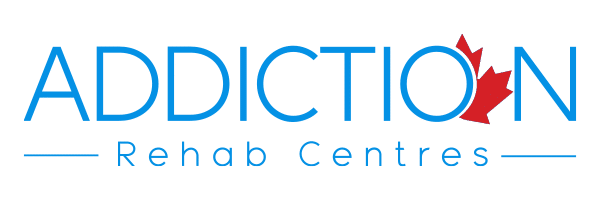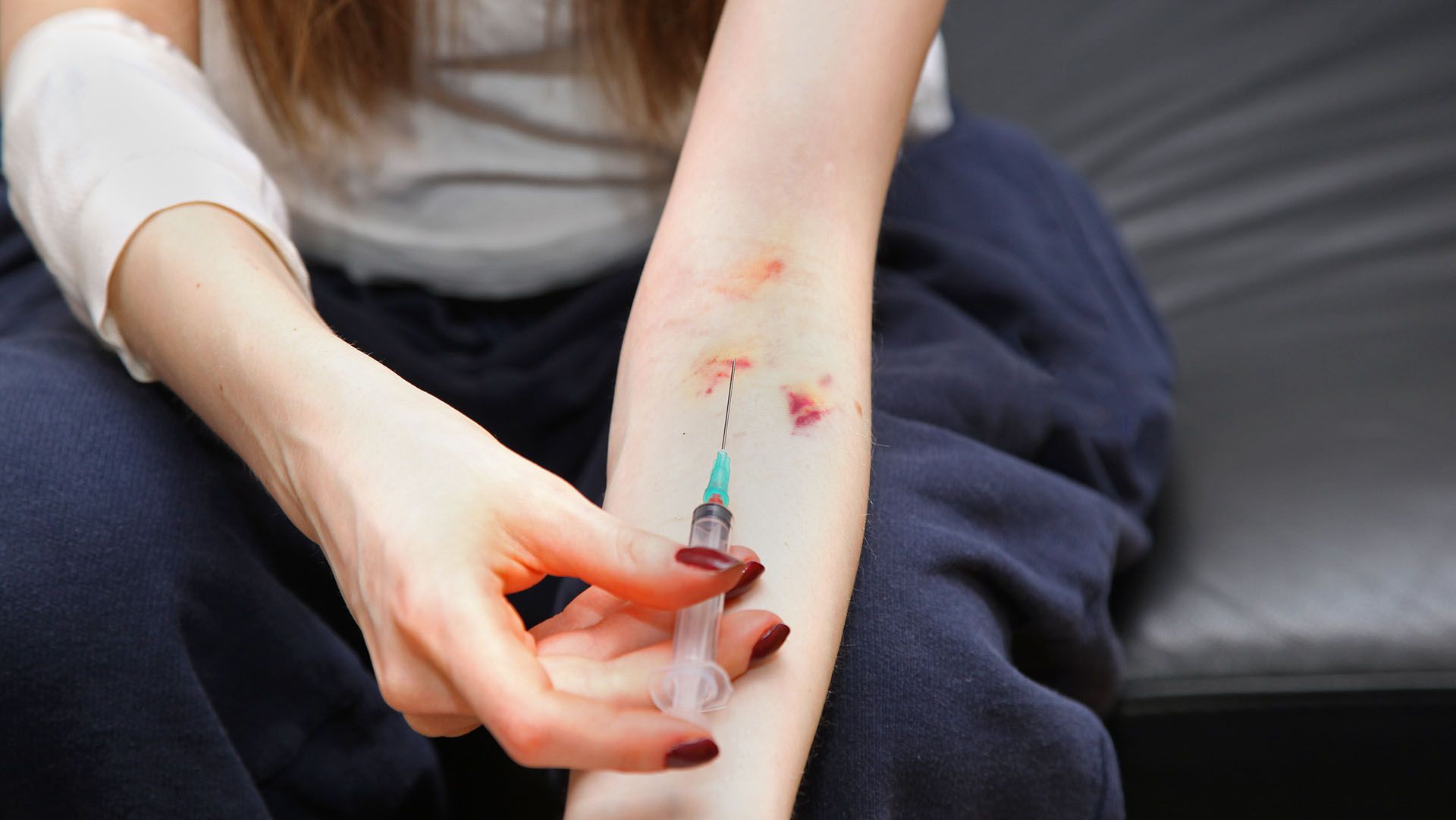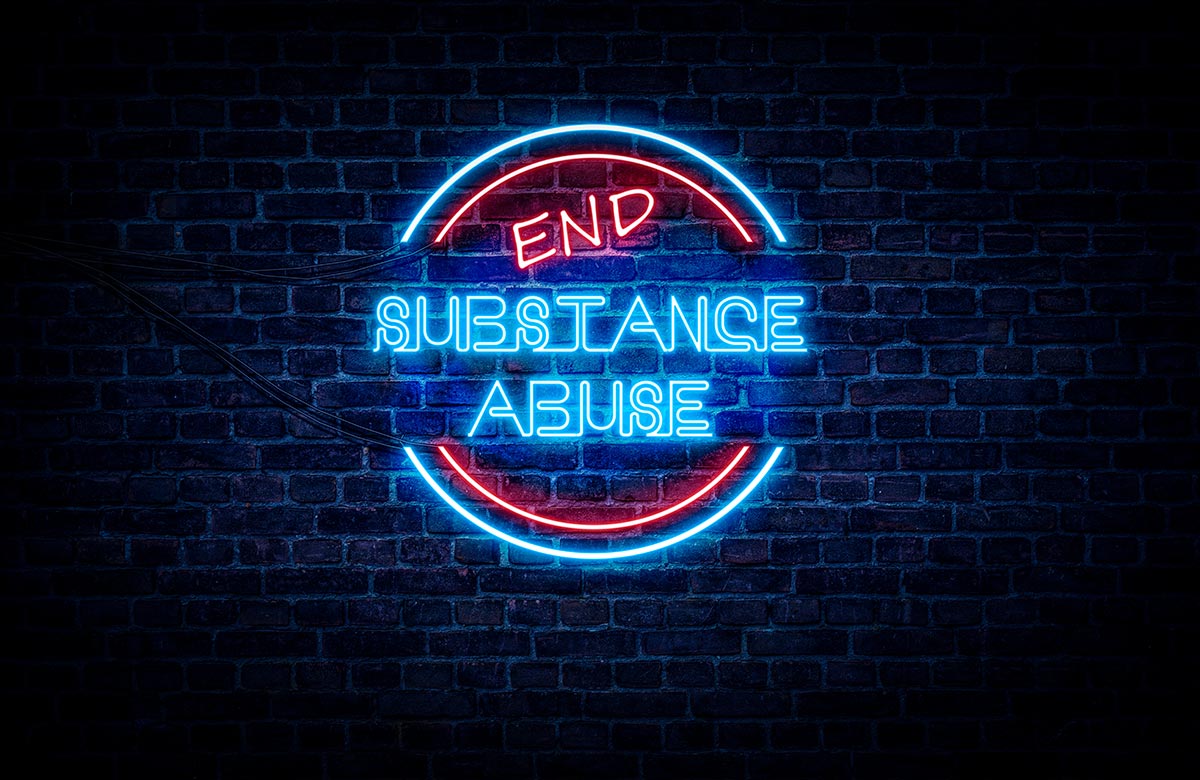The Stages of Drug Addiction Explained
Drug addiction has a way of slowly creeping up on an addict. It can feel like one moment you’re quietly enjoying your life, perhaps indulging in a drug here or there, only to find yourself miserable and addicted in no time at all. But drug addiction isn’t something that happens overnight; the anti-drug propaganda you heard as a child is just not accurate in this regard.
Instead, drug addiction sets in slowly. And much like the frog who doesn’t know he’s boiling, it’s easy not to notice your addiction until it’s too late. Understanding the distinct phases of drug addiction can help you catch a problem before it escalates out of control.
Drug Addiction as a Progressive, Chronic Illness
Drug addiction is widely recognized as a disease, even though in the popular imagination it continues to be treated as a shameful personal failing. Doctors have identified several brain and body changes associated with drug addiction, and like other diseases, a host of lifestyle factors render some people more vulnerable to the disease of addiction than others.
Doctors now label drug addiction as a chronic, progressive illness. This means that it does not go away on its own and that even after you’ve achieved sobriety, you’ll have to make choices that keep you sober; the fight against addiction may get easier over time, but it’s never over. Drug addiction also gets worse with time, since the longer you abuse drugs, the more opportunities they have to damage your body and undermine your judgment.
Experimental Drug Use
Drug addiction begins with experimental use. Most experimental users do not go on to become addicts, and experimental use does not necessarily mean you will become an addict. But experimental use is a necessary prerequisite to addiction, for two reasons. First, and most obvious, you cannot become an addict if you don’t use drugs.
Second, experimental use is “fun” drug use, usually in a social setting, that produces an intense and pleasurable high. It is this high that convinces users to keep using. Indeed, some addicts continue using drugs in a desperate attempt to produce the high they once got during their days of experimental use. The hallmarks of experimental drug use include:
- Becoming extremely inebriated
- Enjoying a “high” rather than using drugs to cope with pain or because you “need” them
- Using drugs in a social setting
- Trying several different drugs; though many experimental users stick to just one or two drugs, some try several drugs, and others mix multiple drugs
- Going long stretches of time—weeks or months—without using drugs and without craving them
- Relying on other people for access to drugs; many experimental users use a friend’s supply rather than purchasing themselves. Most addicts, though, have a direct source. Accessing drugs through a friend means the supply is less reliable, and therefore less appealing to someone who feels like he or she needs drugs.
Regular Drug Use
Regular use is recreational use that begins to creep into everyday life. Regular users aren’t yet addicted, but they are at a high risk of becoming so. They may occasionally use drugs to cope with stress, and may even find that they have periodic low-level cravings. This is the last stage of drug addiction during which quitting is relatively easy. Some hallmarks of regular use include:
- Using drugs or alcohol on a regular, recurring basis
- Having a preferred drug
- Procuring your own supply, rather than just taking whatever is available from a friend
- No longer getting as high as you once did
- Having periodic drug cravings
- Occasionally using drugs to cope with stress, boredom, or pain
- Primarily using drugs in a social setting, but occasionally using them alone
- Needing a slightly higher dose of drugs than you once did to get the same high
- Being willing to take more risks to use drugs
High-Risk Drug Use
High-risk use is not easily separable from addiction, so in this regard, is not necessarily one of the distinct stages of drug addiction. Indeed, most addicts continue to engage in high-risk behavior, but the severity of the behavior steadily increases over time. Some hallmarks of high-risk behavior include:
- Spending significant periods of time high
- Endangering yourself to use or buy drugs
- Taking needless risks while under the influence, such as driving while high or starting fights with strangers
- Relationships with others beginning to suffer
- Experiencing physical or mental health effects of drug use
- Feeling an increased “need” for drugs
- Needing larger and larger doses to get the high you once got with a much smaller dose
Dependent Drug Use
The clinical hallmark of drug addiction is the dependency on the drug. While regular and high-risk users may greatly enjoy drugs, and even use them to cope with the challenges of daily life, dependent users feel like they need drugs to survive.
If they suddenly stop using, they may experience intense withdrawal symptoms and unbearable cravings; for some addicts, these symptoms can even become dangerous or life-threatening. Some hallmarks of dependent use include:
- Using drugs on all or most days of the week
- Being willing to take significant risks to gain access to drugs
- Hurting others, emotionally or physically, because of your addiction
- Experiencing headaches, shaking, depression, anxiety, nightmares, difficulty sleeping, or other symptoms when you can’t use drugs
- Having a specific drug of choice, rather than using several drugs
- Using drugs to feel normal rather than to get high
Signs of Drug Addiction
If you’re concerned that someone you love may be trapped in one of the stages of drug addiction, prompt treatment can help free him or her. Remember, drug addiction is not a choice, and threats of punishment will not dissuade an addict to quit his or her habit.
If your loved one is attempting to conceal a drug addiction, learn all you can about the drug you suspect him or her of using, since doing so can give you insight into common symptoms. Some signs that a loved one may be abusing drugs include:
- Changes in mood, personality, or behavior
- Unusual physical symptoms, such as bloodshot eyes, dilated pupils, or frequent trips to the bathroom
- Being unable to feel normal without drugs
- Neglecting previously enjoyed activities in favor of drugs
- Lying about the use of drugs
- Suffering new or worsening physical or mental health symptoms
- Not remembering what happened while under the influence
- Taking needless risks with the safety of others while under the influence of drugs
- Increasingly violent, aggressive, or hostile behavior
- New or worsening financial problems
- New friends who don’t resemble the previous friends your loved one had
- Engaging in criminal activity, especially stealing
The earlier you can intervene to help your loved one, the better luck he or she will have getting sober. Monitor for the stages of drug addiction, and be aware of the signs of drug addiction, since doing so could one day save the life of someone you cherish. Contact Addiction Rehab Centres Canada today!
Further Reading:
Drug Rehab Program
What is Drug Addiction
Drug Addiction: Symptoms & Signs
10 Facts You Need to Know About Drug Addiction
How to Help a Drug Addict
4 Stages of Drug Use
The Nature & Stages of Drug Use
RehabFinder: Recognizing Addiction, Signs And Symptoms Of Substance Abuse







